
In what the government has hailed as a landmark victory in India’s decades-long battle against left-wing extremism, top Maoist commander and central committee member, Basavaraju alias Nambala Keshava Rao, was killed in an encounter with security forces on wednesday in Abujhmad forest in Bastar. Prime Minister Narendra Modi described the operation as a “remarkable success” and praised the security forces for their bravery and commitment to the nation.
The encounter, which took place in the Abhujhmad region of the Bastar district a Maoist stronghold for decades — marks a significant blow to the Maoist movement. Basavaraju, known for his strategic acumen and ruthlessness, was one of the most wanted Maoist leaders in the country. He had a bounty of ₹1.5 crore on his head and was the party’s central military commission chief, responsible for planning some of the deadliest attacks on Indian security forces over the past two decades.
A Major Milestone in Counterinsurgency
In a statement released by the Ministry of Home Affairs, officials confirmed that a joint operation led by the Central Reserve Police Force (CRPF), Chhattisgarh police, and elite units of the CoBRA battalion, resulted in a brief but intense firefight in which Basavaraju was neutralized. His body, along with arms, ammunition, and Maoist literature, was recovered from the site.
“This is a major milestone in our fight against Naxalism,” Union Home Minister Amit Shah said. “Basavaraju’s death cripples the Maoist leadership structure and sends a strong message that violence will not be tolerated. Our security forces are determined to rid the country of this menace.”
Prime Minister Modi took to X to commend the forces, stating, “A remarkable success. Congratulations to our brave security personnel for their courage and precision. The nation stands proud. Our commitment to eliminating extremism and ensuring peace in all parts of India is unwavering.”
Who Was Basavaraju?
Basavaraju, 71 year old was appointed as new general secretary of the banned Communist Party of India, hailed from Jiyannapeta village in the Srikakulam district of Andhra Pradesh and held a BTech graduate from the Regional Engineering College in Warangal. He was deeply indoctrinated in Maoist thought and rose through the ranks due to his organizational abilities and leadership in combat strategy.
He is suspected to have masterminded several high-profile attacks, including the 2010 Dantewada ambush in which 76 CRPF personnel were martyred, and the 2013 Jiram Valley attack that claimed the lives of senior Congress leaders. Basavaraju succeeded Kishenji as the party’s top military commander and maintained control over guerrilla operations across multiple states, including Chhattisgarh, Jharkhand, Maharashtra, and Telangana.
According to intelligence sources, Basavaraju had been unwell for some time and was reportedly on the move with a small group of loyalists when the security forces closed in. His neutralization is being seen as a major operational and psychological setback to the Maoist insurgency.
Boost to National Morale
Across the country, political leaders, defense analysts, and citizens hailed the successful operation as a moment of national pride. Patriotic fervor surged on social media, with the hashtag #SaluteOurForces trending throughout the day.
“Every soldier who walks into hostile territory to protect our democracy is a hero,” said Lt. Gen. (Retd.) D.S. Hooda. “This operation required not only courage but meticulous planning and coordination. It reflects the evolving capability of our internal security forces to carry out high-risk missions with precision.”
Local villagers in the region, who have long suffered under the shadow of Maoist terror, expressed relief and cautious optimism. “For years we lived in fear of extortion, recruitment, or retribution. If Basavaraju is gone, perhaps peace will return to our forests,” said a resident of a Bastar village, requesting anonymity.
A Turning Point in the Red Corridor?
Experts believe Basavaraju’s death may signal a tipping point in the government’s campaign to eliminate left-wing extremism from India’s so-called “Red Corridor” , the region stretching from Andhra Pradesh to Bihar that has been plagued by Maoist violence for decades.
While the movement has seen a steady decline in numbers and influence in recent years, the leadership has managed to evade capture and sustain sporadic attacks. Basavaraju’s killing leaves a vacuum at the top that may be difficult to fill, given the increasing pressure on ground cadres and tightening of intelligence operations.
Security forces, however, remain vigilant. “We cannot afford complacency,” said a senior officer involved in the operation. “The Maoists may try to retaliate. Our next task is to prevent regrouping and ensure development reaches the most affected areas.”
The Road Ahead
The Modi government has consistently pursued a dual strategy combining security operations with development programs to tackle Maoist influence. With major infrastructure and welfare schemes reaching remote villages, many former Maoist strongholds have begun to show signs of normalcy.
“Development is the ultimate antidote to extremism,” said PM Modi in a 2023 speech. “We will not stop until every child in these regions has the same opportunity as any other in India.”
With Basavaraju’s encounter, the security apparatus is now focusing on dismantling the remaining Maoist leadership and cutting off logistical support. While the road ahead is still challenging, the mood across the nation is one of resolve and unity.
As the tricolor flies high, the sacrifice of India’s brave men and women in uniform stands as a beacon of hope — a testament to a nation’s enduring will to overcome terror and build a future founded on peace, democracy, and justice.
Read More: Joe Biden Diagnosed with Aggressive Prostate Cancer: What It Means for the Former U.S. President




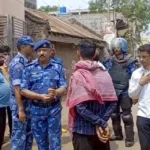




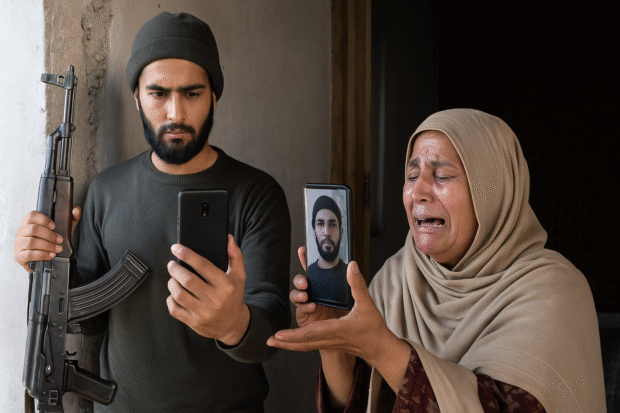

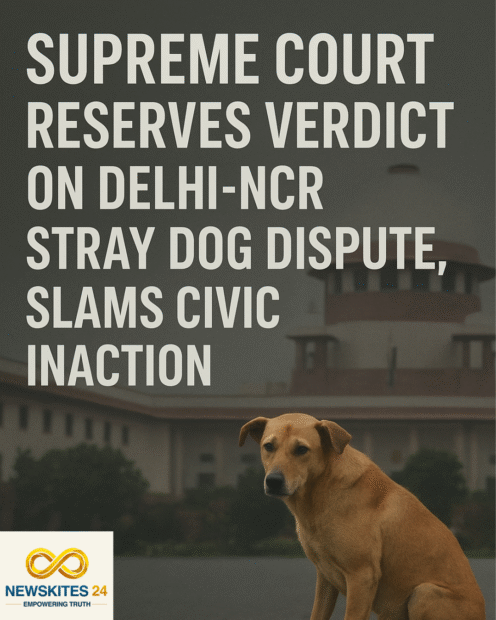



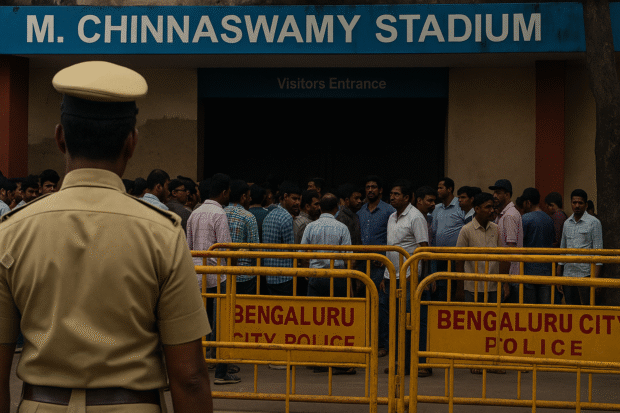
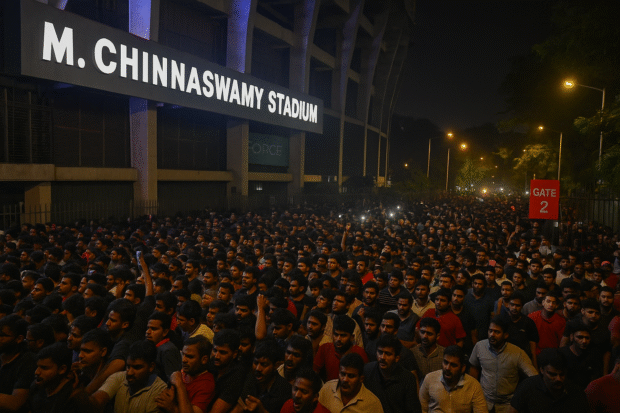

Be the first to leave a comment